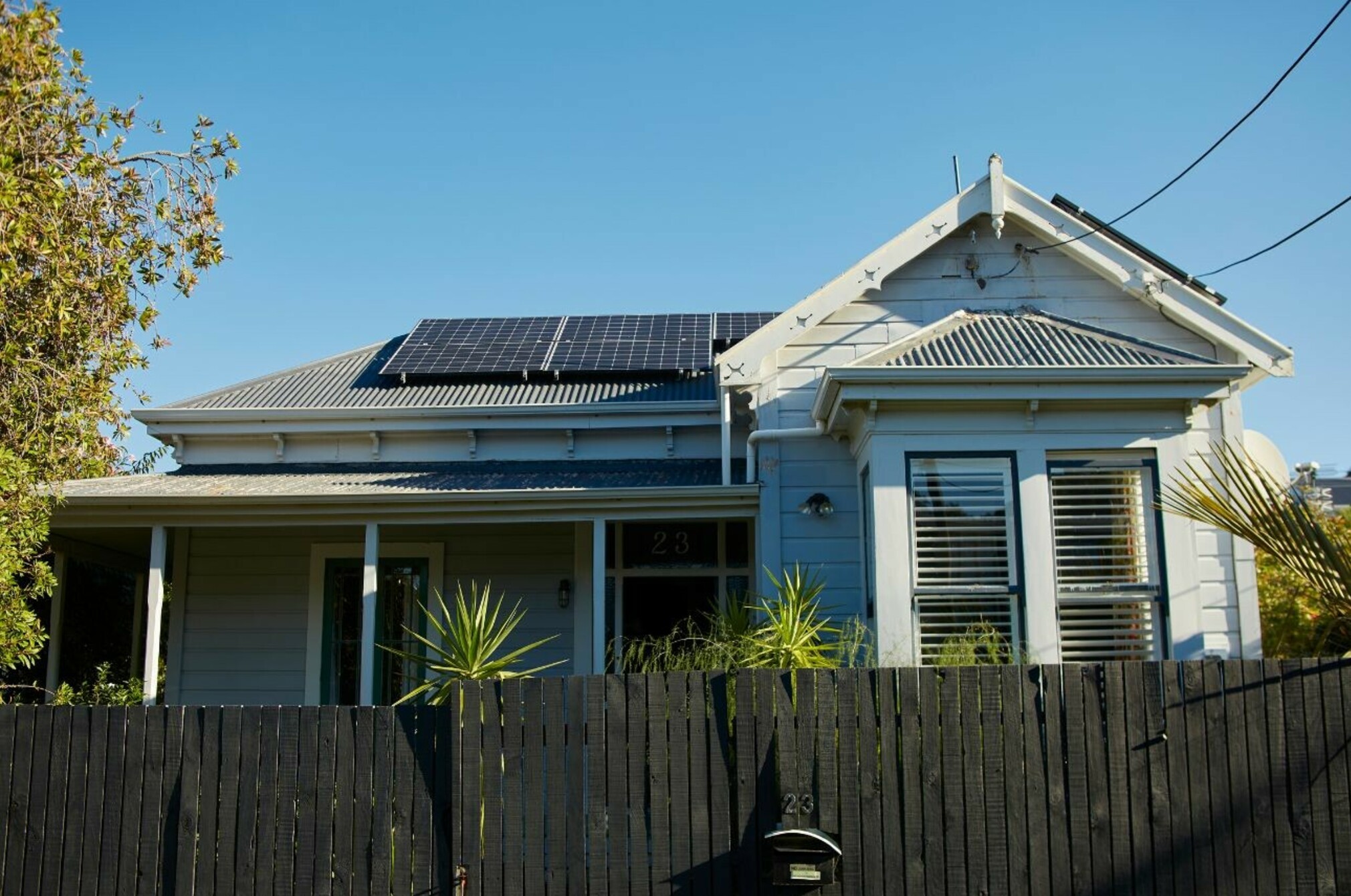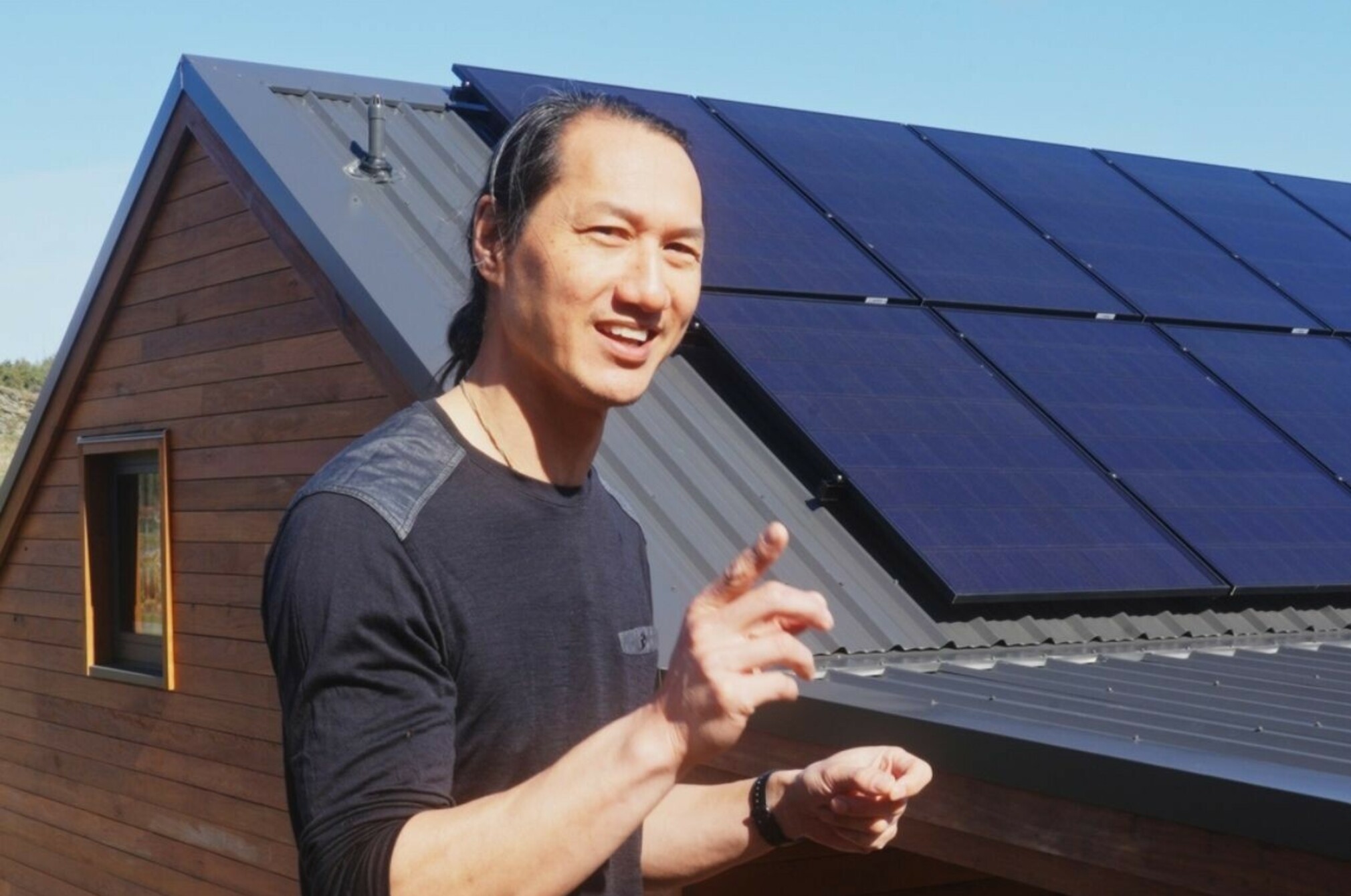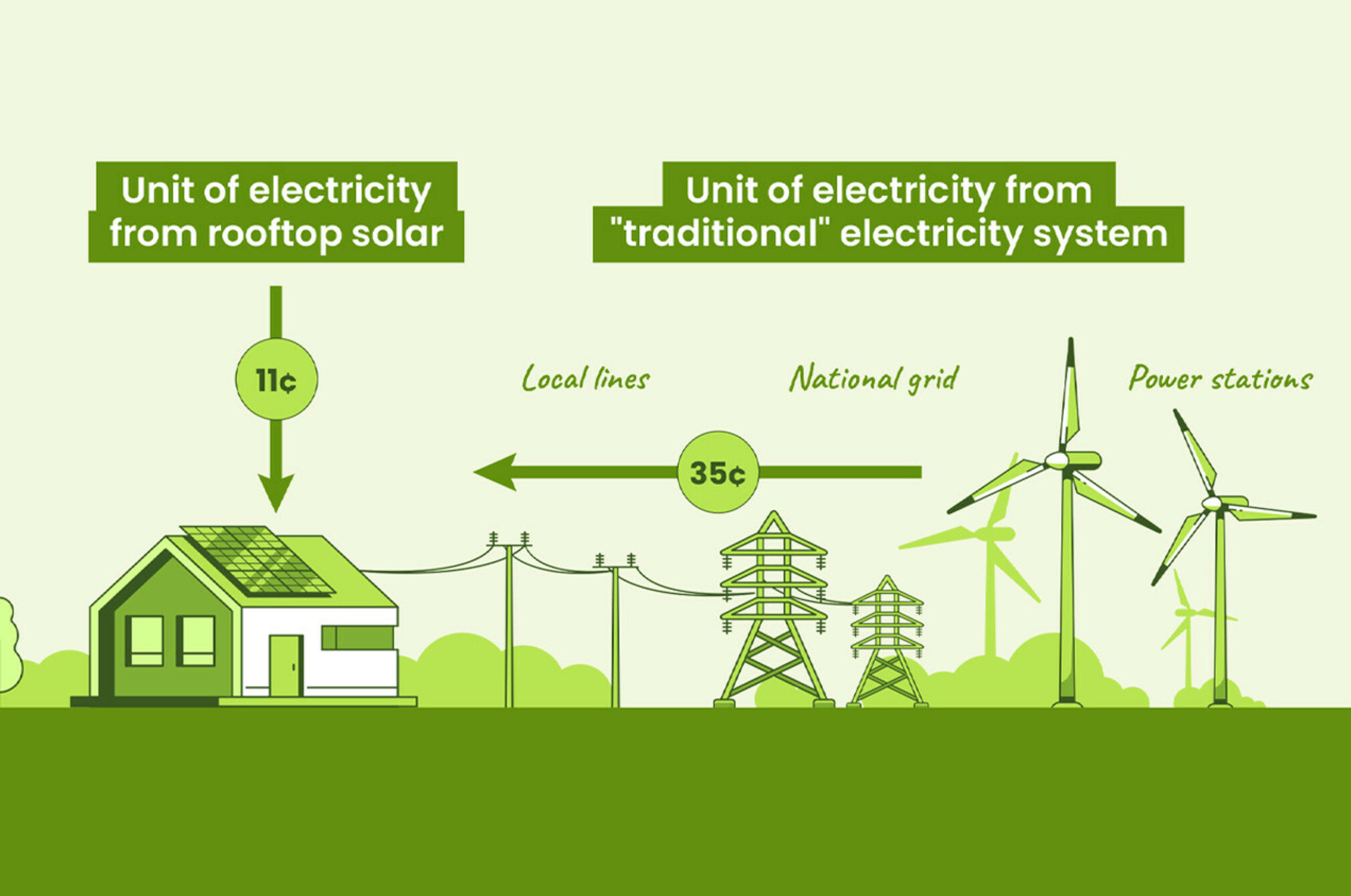Want to slash your power bill? Go solar

With the cost of solar continuing to fall, it’s becoming a smarter financial choice for more households. Embracing solar can help you take control of your energy bills.

In the past, solar power was considered a luxury. Yet, with each passing year, the cost of installing solar panels on Kiwi homes has decreased, making it a much more plausible option.
The latest research into the suitability of solar in New Zealand comes from the independent, non-partisan, not-for-profit energy research and advocacy organisation Rewiring Aotearoa. Their research shows that rooftop solar is currently the cheapest form of electricity available to New Zealand households and would be an economic slam dunk for most homes right now. A unit of electricity from the grid costs, on average, 35 cents1 compared with around 11 cents from rooftop solar (or around 6 cents if you don’t need to finance that solar installation)!
New Zealanders are increasingly waking up to the benefits of rooftop solar: as of August 2024, there were just over 60,000 residential solar connections. While this represents a doubling in about three years, it’s still only about 3% of all the homes in the country. That’s a much lower adoption rate compared with other markets, such as Australia. Yet New Zealand has about the same amount of solar potential as the state of Victoria, which currently has around 25% rooftop solar penetration.
So why are New Zealand’s numbers so low when the potential to save money and reduce emissions by running on the sun is so great?
For many, the idea of rooftop solar may sound too good to be true and, in an era where scams are increasingly common, some of that reluctance is understandable. But solar is now an established technology that was invented before the compact disc; the price of solar panels has dropped rapidly in recent years even though the efficiency has improved and the economic evidence of the cost savings available to households is now very clear.
Those who have decided to harness the sun have said it feels like they’ve discovered a secret cheat code.
How one Kiwi is powering his home and EVs for free
When Trent Yeo was designing a solar system for his energy-efficient home in Arrowtown, he wanted to squeeze as many panels on the roof as possible in an effort to reduce bills and improve his household’s resilience.
Yeo invested in an 11.5 kW system comprising 28 panels (an average new installation in Australia is around 9kW, while in New Zealand it’s around 4.4kW). He also plans to install more solar panels that can generate electricity on two sides (bifacial panels) on his garage.
“I need to work on my winter game, not my summer game," he explained.
Living in a colder region like Arrowtown, there are extra heating costs during winter, but being paid to export the surplus during summer helps even things out, and Yeo anticipates zero energy bills over a full year. That includes charging his two electric vehicles. Considering the average Kiwi driving a petrol car pays thousands on fuel alone each year, having household energy and vehicle bills at zero is quite an achievement.
Yeo also invested in a 13.5 kWh Tesla Powerwall battery to store power. This provides a double resilience against price increases and in case of the grid going down.
If the price of grid electricity goes up or if the rules change to offer solar customers fair compensation for the energy they feed back to the grid, Yeo may even make money (currently most homes with solar just see a reduction in their bills).
Yeo says the efficiency of solar panels is steadily improving, and in the three years between getting his first quote and having his house finished, the total amount of solar energy he could get from his roof increased by about 10%.

What about batteries?
Like solar panels, batteries are growing in popularity, but it's still early days – government figures suggest there are around 7,500 batteries in use in New Zealand homes.
If you want to reduce your household emissions, improve your energy resilience and create an all-electric home, a battery is a good investment. But if you are primarily concerned with the return on your investment, they aren’t a clear call just yet. Those economics are improving every day and will make more sense as the price of grid electricity rises and the cost of batteries drops.
Batteries can make financial sense if you can take advantage of cheap solar and time-of-use pricing plans (plans where the price of electricity varies throughout the day). The best way to maximise savings is to charge batteries with cheap solar or at night, when the price of grid electricity is cheapest, and then discharge at peak times, when prices are higher.
Batteries might be small, but they could pack a significant punch for our energy system. Just 120,000 homes (or 5% of New Zealand households) using a medium-sized battery could potentially reduce the nation’s peak load as much as our largest hydro power station, Manapouri. While these batteries would not hold as much energy as Manapouri, they could output the same amount of power for an hour or two when the country’s system really needs it.
Shining a light on solar
Installation costs
Every home (and region) is different, and installers often offer special deals, but installed solar now costs around $2,000 per kW in New Zealand. Home systems in New Zealand are commonly around 4-5kW in size, although you could choose to go much larger.
Make sure you get a few quotes from different installers.
A solar system requires a smart meter on your main connection, and if your switchboard is old, it might need replacing. Your installer should tell you if yours needs upgrading.
Financial return
Think of solar as buying decades worth of cheap electricity up front. If you have the capital to pay for it now, add it to your mortgage or get a low-interest green loan, it will be the cheapest form of electricity your household can buy.
Average systems in New Zealand take around five to seven years to pay back, and provide a 10 to 15% return on investment, which is much better than the average deposit rate. And this return is likely to improve as the price of grid electricity continues to climb.
Buy-back rates
Any solar power you’re not using is automatically fed back to the grid (unless you have a battery). The feed-in tariff or buy-back rate is what your energy retailer is prepared to pay you for that energy. You’ll make the biggest savings if you can use your solar when it’s being produced – during the daytime. If you don’t have a battery, a good option is to think of your hot water tank as a ‘thermal battery’ and heat your tank with cheap solar during the day to use later.
Retailers’ buy-back rates vary considerably – currently ranging from 8-17 cents - so check out the different options on the Powerswitch Solar buy-back rates webpage.
Find out more about the research Rewiring Aotearoa is doing into electrification and energy transitioning at: www.rewiring.nz
Is my home suitable for solar?
Practically any home that gets sun on the roof for most of the day could benefit from solar, and only a small number of rooftops are unsuitable. Those who have been told in the past that solar wouldn’t work for them should consider it again because the improved efficiency of the panels and new inverter technology means they can now work well on roofs that don’t face north or are partially shaded.
It’s nice to think solar could power everything in your home but it doesn’t have to be all or nothing. In most cases, homes will still need to be connected to the grid, but solar is a good way to reduce your electricity costs.
Homes that use more electric power and hot water and have electric vehicles and bikes get the most savings and can pay off their solar investment more quickly. Using a petrol price equivalent, you can power your electric car for $0.31/L with rooftop solar and $0.64/L with electricity delivered from the grid.


Are you paying too much for power?
Powerswitch is a free price-comparison website that helps you find the best electricity and gas plan. Check now to see if you’re getting the best deal.
Member comments
Get access to comment